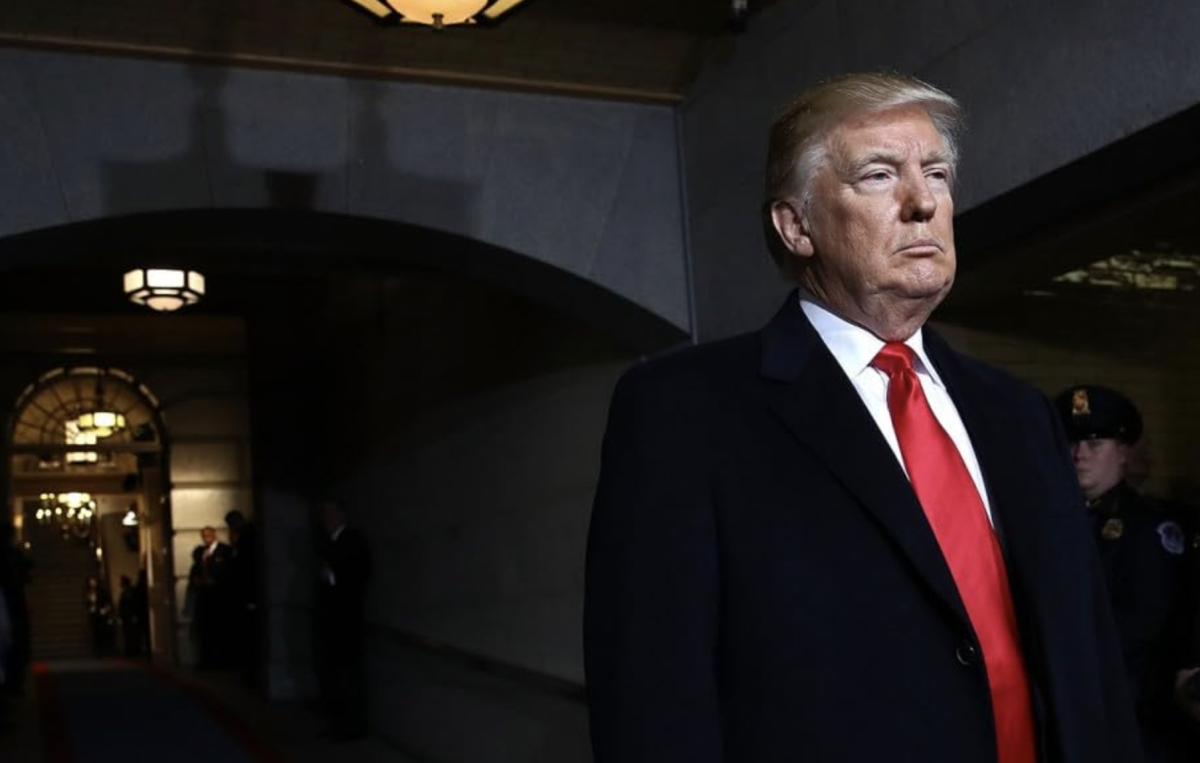
Two weeks ago, the University of Massachusetts’ Life Sciences Laboratories got a big delivery. A $3.2 million, 7.3-ton, 3-Tesla magnet and related equipment arrived on Nov. 17 as part of a $95 million Massachusetts Life Sciences Institute grant given to the University in 2013.
The magnet and its accompanying equipment, which will be used in the building’s Human Magnetic Resonance Center, can take images of body tissue and organs in real time and will be available for research use by students involved in labs and will be incorporated in both undergraduate and graduate courses. Kinesiology professor Jane Kent, who helped coordinate the magnet’s arrival, compared it to an MRI machine.
“This is the state-of-the-art for the western Massachusetts region,” she said in a University statement. “Nobody else will have the capabilities to do the exercise studies that we will be doing with this new equipment.”
The system is expected to enhance the University’s research abilities in many different areas, from investigating communication disorders to conducting sleep studies. Kent said students in neural imaging groups could use the equipment to study cognitive function using brain imaging, while students in engineering groups could look at tissue properties and designing better prosthetics.
“Part of the whole operation plan includes an education component for the (undergraduates), to give them opportunities,” she said, noting that the magnet would be used primarily for research.
Though the magnet has been delivered to campus, its installation is not yet complete. Kent said she is hoping the project will be finished in about three weeks, though the equipment will not be available for use until construction on the Life Sciences Laboratories is completed. She estimated that the building wouldn’t be able to be used until early February.
An open house will be held in the spring to showcase the capabilities of the magnet, according to Kent.
In addition to using the new system for her own research – how muscles produce energy while contracting – Kent said she hopes to use the magnet with the students in an exercise physiology course she is teaching next semester.
Joseph Carstairs can be reached at [email protected].


















